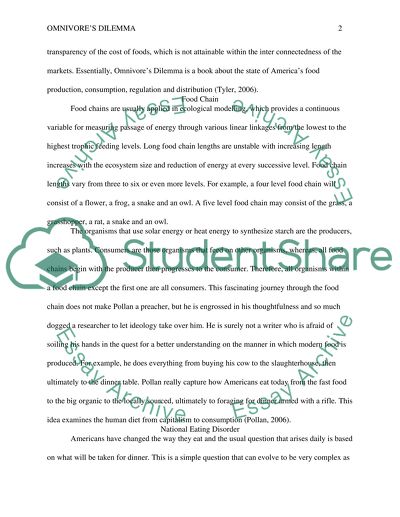Cite this document
(“Omnivores Dilemma - A Natural History of Four Meals is a Nonfiction Essay”, n.d.)
Omnivores Dilemma - A Natural History of Four Meals is a Nonfiction Essay. Retrieved from https://studentshare.org/biology/1448049-omnivores-dilemma
Omnivores Dilemma - A Natural History of Four Meals is a Nonfiction Essay. Retrieved from https://studentshare.org/biology/1448049-omnivores-dilemma
(Omnivores Dilemma - A Natural History of Four Meals Is a Nonfiction Essay)
Omnivores Dilemma - A Natural History of Four Meals Is a Nonfiction Essay. https://studentshare.org/biology/1448049-omnivores-dilemma.
Omnivores Dilemma - A Natural History of Four Meals Is a Nonfiction Essay. https://studentshare.org/biology/1448049-omnivores-dilemma.
“Omnivores Dilemma - A Natural History of Four Meals Is a Nonfiction Essay”, n.d. https://studentshare.org/biology/1448049-omnivores-dilemma.


